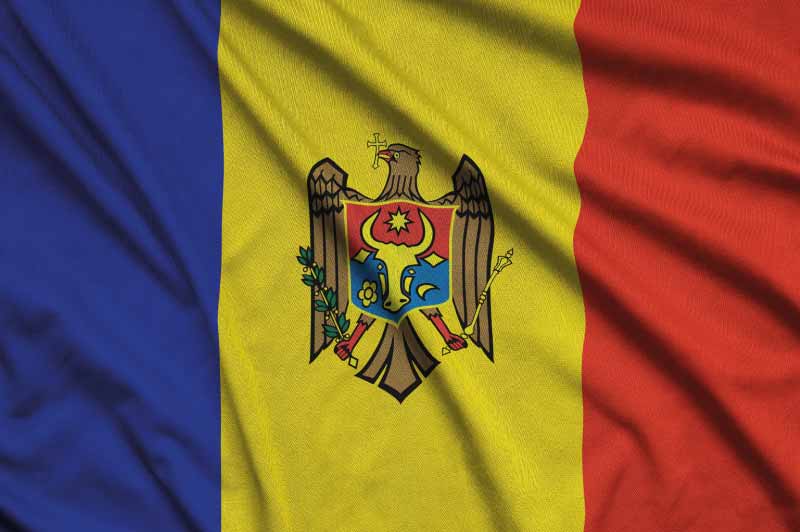
Visit Republic of moldova with Romania Tour Store
The Republic of Moldova, nestled between Romania and Ukraine, is one of Europe’s best-kept secrets. Often overlooked by travelers in favor of its more famous neighbors, Moldova is a country rich in history, culture, and natural beauty. For those seeking an authentic and off-the-beaten-path experience, the Republic of Moldova offers a wealth of attractions, from ancient monasteries and charming villages to lush vineyards and vibrant cities. If you’ve never visited Moldova before, this comprehensive guide will introduce you to the must-see sights, provide essential travel information, and offer tips on how to make the most of your visit to this enchanting country.
Where is the republic of moldova ?
The Republic of Moldova is a small landlocked country located in Eastern Europe. It is bordered by Romania to the west and Ukraine to the north, east, and south. Moldova lies between the Carpathian Mountains and the Black Sea, with its capital and largest city being Chișinău.
Geographically, Moldova is situated at the crossroads of Central and Southeastern Europe, making it a region of historical and cultural significance. The country covers an area of about 33,846 square kilometers (13,067 square miles), and while it does not have a coastline, it is close to the Black Sea, which lies to the southeast.
Moldova’s strategic location has influenced its history, as it has been a point of intersection for various empires and cultures over the centuries, including the Roman, Ottoman, and Russian Empires. Today, Moldova is known for its rich cultural heritage, picturesque landscapes, and, particularly, its wine production.
Getting to Moldova: Transportation Options
Moldova is easily accessible by air, land, and rail, making it a convenient destination for travelers from Europe and beyond. The country’s primary international gateway is Chișinău International Airport (KIV), located about 13 kilometers southeast of the capital, Chișinău. Several international airlines operate direct flights to Chișinău from major European cities such as London, Paris, Vienna, Istanbul, and Bucharest. For travelers from neighboring countries, Moldova is also accessible by bus and train, with connections to Romania, Ukraine, and other Eastern European destinations.
If you prefer to drive, Moldova is well-connected to its neighboring countries by road. The country’s border crossings with Romania and Ukraine are relatively straightforward, and renting a car allows you to explore Moldova’s rural areas at your own pace. However, it’s important to note that while Moldova’s main roads are generally in good condition, some rural roads can be rough and challenging, so a sturdy vehicle is recommended.
Where to Stay: Accommodation Options in Moldova
Moldova offers a wide range of accommodation options to suit all budgets and preferences. Whether you’re looking for a luxurious hotel, a cozy guesthouse, or a budget-friendly hostel, you’ll find plenty of choices across the country.
Chișinău
In the capital city of Chișinău, you’ll find a variety of hotels ranging from international chains like Radisson Blu and Courtyard by Marriott to boutique hotels that offer a more personalized experience. The city also has a good selection of budget hotels and hostels, particularly in the city center, making it an ideal base for exploring Chișinău’s attractions and nightlife.
Orhei
For a more rural experience, consider staying in the town of Orhei, located about 50 kilometers north of Chișinău. Orhei is known for its beautiful countryside and historical sites, and there are several guesthouses and small hotels in the area that offer a more authentic Moldovan experience. These accommodations often include home-cooked meals made from locally sourced ingredients, giving you a taste of traditional Moldovan cuisine.
Tiraspol
If you’re interested in exploring the breakaway region of Transnistria, Tiraspol, its capital, offers a range of accommodations, from Soviet-style hotels to more modern options. While the region is unrecognized internationally, it is generally safe for tourists, and staying in Tiraspol provides a unique opportunity to experience a place that feels like a time capsule from the Soviet era.
Wine Estates
For a truly unique experience, consider staying at one of Moldova’s wine estates. Many of the country’s vineyards offer accommodation in the form of guesthouses or boutique hotels, allowing you to immerse yourself in Moldova’s wine culture. These estates often provide wine tastings, vineyard tours, and traditional Moldovan meals, making them an excellent choice for wine enthusiasts.
Top 5 Tourist Attractions in Moldova
Republic of Moldova is a country with a rich cultural heritage and stunning natural landscapes. Here are five must-visit attractions that showcase the best of what Moldova has to offer.
1. Orheiul Vechi (Old Orhei)
Orheiul Vechi, also known as Old Orhei, is one of Moldova’s most significant historical and archaeological sites. Located about an hour’s drive from Chișinău, this open-air museum is set in a dramatic limestone valley along the Răut River. The site has been inhabited since ancient times, with evidence of civilizations dating back to the Dacians, Getae, and medieval Moldavian states.
The main attraction at Orheiul Vechi is the Cave Monastery, which was carved into the limestone cliffs by Orthodox monks in the 13th century. The monastery is still active today, and visitors can explore its narrow passageways, chapels, and cells while enjoying stunning views of the surrounding valley. The complex also includes a small church, a bell tower, and a museum that provides insight into the history and culture of the region.
The surrounding area of Orheiul Vechi is perfect for hiking and exploring the scenic countryside. The nearby village of Butuceni is home to several traditional Moldovan houses that have been converted into guesthouses, offering visitors a chance to experience rural life in Republic of Moldova.
2. Cricova Winery
Moldova is renowned for its wine, and no visit to the country would be complete without a tour of one of its famous wineries. Cricova Winery, located just 15 kilometers north of Chișinău, is one of the most famous and impressive in the country. Known for its vast underground wine cellars, Cricova is a must-visit destination for wine enthusiasts.
The Cricova wine cellars are a labyrinth of tunnels that stretch for over 120 kilometers, making them some of the largest in the world. These tunnels, originally created for limestone mining, have been transformed into a wine storage facility that houses millions of bottles of wine. The constant temperature and humidity in the cellars provide the perfect conditions for aging wine, and visitors can take guided tours of the facility to learn about the winemaking process and the history of Republic of Moldova’s wine.
During the tour, you’ll have the opportunity to visit the cellars where famous figures such as Yuri Gagarin and Vladimir Putin have their private wine collections. The tour also includes a tasting session where you can sample some of Cricova’s finest wines, including their sparkling wines, which are produced using the traditional méthode champenoise.
3. Chișinău’s Central Market and Cathedral Park
Chișinău, the capital of Moldova, is a city of contrasts, blending Soviet-era architecture with modern developments and green spaces. One of the best ways to experience the city’s vibrant culture is by visiting the Central Market, known locally as Piața Centrală. This bustling market is the heart of daily life in Chișinău, where locals come to buy fresh produce, meats, cheeses, and a wide variety of goods, from clothing to electronics.
Strolling through the market, you’ll get a sense of Moldova’s agricultural richness and the importance of food in the country’s culture. Don’t miss the opportunity to sample some local delicacies, such as placinta (a traditional pastry filled with cheese, potatoes, or apples) or freshly baked bread.
After exploring the market, head to Cathedral Park, located in the city center. The park is home to the Nativity Cathedral, an iconic Orthodox church built in the early 19th century. The cathedral is a symbol of Chișinău and features a beautiful neoclassical design. The park surrounding the cathedral is a popular spot for locals to relax, and it’s a great place to take a leisurely stroll and soak in the city’s atmosphere.
4. Soroca Fortress
Located in the northern part of Moldova, near the border with Ukraine, Soroca Fortress is one of the country’s most important historical landmarks. The fortress, which dates back to the 15th century, was originally built by the Moldavian ruler Stephen the Great as part of a defensive system along the Dniester River.
Soroca Fortress is known for its perfectly circular shape and robust stone walls, which have been remarkably well-preserved. The fortress played a crucial role in defending Moldova against invasions and has been the site of many battles throughout its history. Today, visitors can explore the fortress’s interior, including its towers and battlements, and enjoy panoramic views of the Dniester River and the surrounding countryside.
The town of Soroca is also known as the “Roma capital” of Moldova, with a significant population of Roma people. The town’s Roma Hill is famous for its extravagant and colorful mansions, which are a stark contrast to the traditional Moldovan architecture found elsewhere in the country.
5. The Monasteries of Moldova: Căpriana and Tipova
The Republic of Moldova is home to numerous monasteries, many of which are set in picturesque rural landscapes and offer a glimpse into the country’s religious and cultural heritage. Two of the most significant monasteries in Moldova are Căpriana Monastery and Tipova Monastery.
Căpriana Monastery, located about 40 kilometers northwest of Chișinău, is one of the oldest monasteries in Moldova, with a history dating back to the 15th century. The monastery has been a spiritual and cultural center for centuries and has been beautifully restored in recent years. The complex includes several churches, a bell tower, and a museum that displays religious artifacts and historical documents. The surrounding area is also ideal for hiking and enjoying the natural beauty of the Codri forest.
Tipova Monastery, located on the banks of the Dniester River, is one of the most unique and remote monasteries in Moldova. The monastery is carved into the limestone cliffs and consists of a series of cave churches and cells that date back to the 11th century. The setting is incredibly peaceful, with stunning views of the river and the surrounding landscape. Visitors can explore the monastery’s cave complexes and learn about the ascetic life of the monks who once lived there.
Summer and Winter Activities in Moldova
Moldova is a year-round destination, offering a wide range of activities for visitors in both summer and winter.
Summer Activities
During the summer months, Moldova’s countryside comes to life with
lush green landscapes, blooming vineyards, and vibrant festivals. One of the best ways to experience Republic of Moldova in the summer is by exploring its wine regions. The country’s wine routes take you through picturesque villages, rolling hills, and vineyards, where you can visit wineries, sample local wines, and enjoy traditional Moldovan cuisine. The Purcari and Milestii Mici wineries are particularly popular, offering tours and tastings that provide insight into Moldova’s winemaking heritage.
For outdoor enthusiasts, Moldova offers plenty of opportunities for hiking, cycling, and nature walks. The country’s national parks, such as the Codru and Orhei National Parks, are ideal for exploring the diverse flora and fauna of the region. The Nistru and Prut rivers also offer opportunities for fishing, kayaking, and boating.
Moldova’s summer festivals are another highlight, showcasing the country’s rich cultural traditions. The National Wine Day, celebrated in early October, is a major event where locals and visitors alike come together to celebrate Republic of Moldova’s wine culture with tastings, music, and dance. Other summer festivals include the Gustar Music Festival and the DescOperă Classical Music Festival, both of which offer a unique blend of music and local culture.
Winter Activities
In the winter, Moldova’s landscape transforms into a serene and snowy wonderland, offering a different set of activities for visitors. While Moldova is not known for skiing like some of its European neighbors, it still offers some winter sports options, particularly in the Codru and Carpathian regions. Here, visitors can enjoy cross-country skiing, snowshoeing, and winter hiking in the tranquil forests and hills.
Republic of Moldova’s winter traditions and holidays are also a great reason to visit during this season. The Orthodox Christmas and New Year’s celebrations are marked by festive markets, traditional music, and special holiday foods. Villages across the country come alive with carolers, and you can experience unique Moldovan customs such as “Colindatul” (caroling) and “Ursul” (the Bear Dance).
One of the most memorable winter experiences in Moldova is visiting its monasteries during the festive season. The monasteries are beautifully decorated, and the services are filled with the spiritual warmth and reverence of the Orthodox faith. Căpriana and Hâncu monasteries, in particular, are known for their Christmas and New Year celebrations, which attract pilgrims and visitors from all over the country.
Conclusion
The Republic of Moldova is a destination that offers a rich tapestry of experiences, from its ancient monasteries and medieval fortresses to its vibrant cities and serene countryside. Whether you’re a history buff, a wine enthusiast, or an outdoor adventurer, Moldova has something to offer every traveler. Despite being one of Europe’s least visited countries, Moldova’s charm lies in its authenticity, warm hospitality, and the sense of discovery that comes with exploring a place that remains largely off the tourist radar.
As you plan your visit to Moldova, keep in mind that this is a country where you can truly connect with local culture, traditions, and people. Whether you’re exploring the bustling streets of Chișinău, savoring a glass of local wine in a centuries-old cellar, or wandering through the ancient caves of Orheiul Vechi, you’ll find that Moldova offers a unique and rewarding travel experience that will leave you with lasting memories.
So pack your bags and set out to discover the hidden gem of Eastern Europe. Moldova awaits!


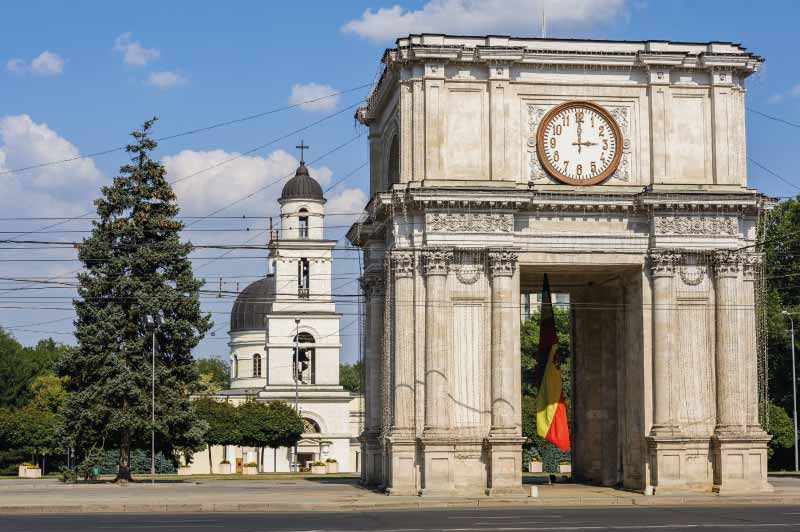
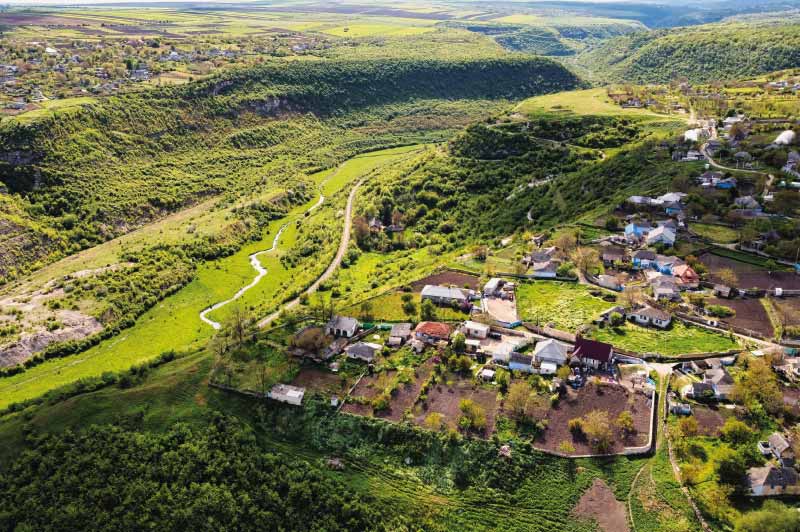
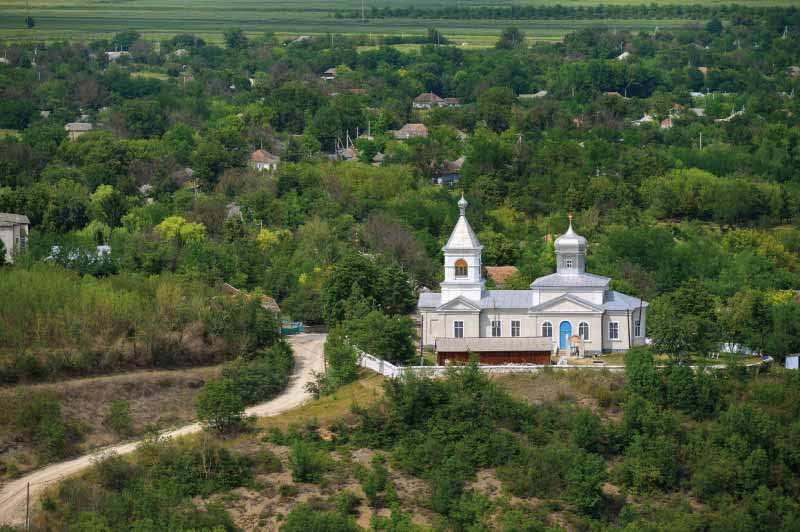
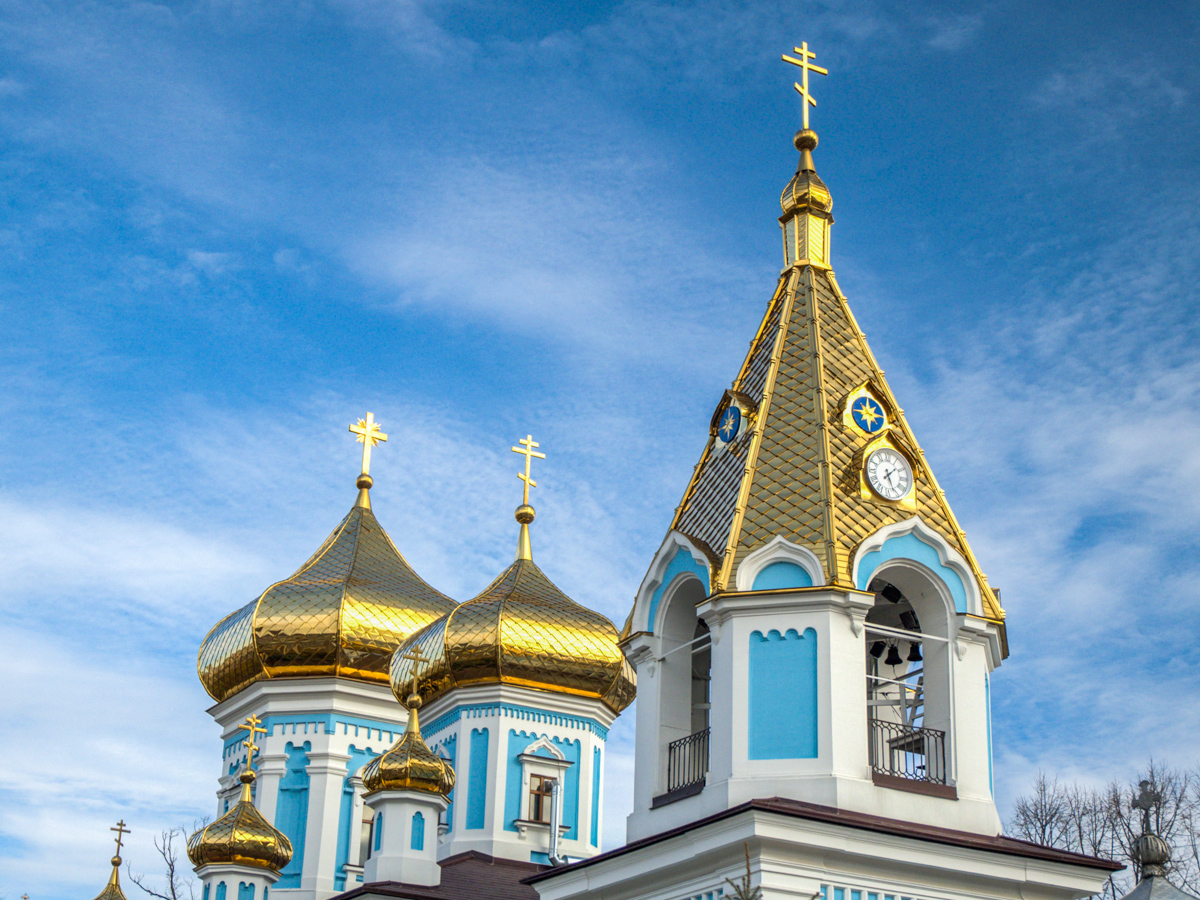











Leave a Reply